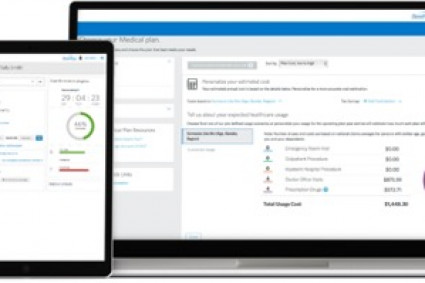Utilize the SA400 form to sign up an enterprise partnership to Self Assessment or apply for it on the internet. Registration for the business partnership at HMRC is essential, in order that the partner named (chosen from the partners) is able to file Self Assessment tax returns. This ensures that the business partnership is able to pay any tax it is liable for, making it the most important step to take when the process of establishing a partnership.
What are the things I'll need to do to complete SA400?
In order to register your partnership, you must name an individual partner, who must complete the form SA400.
SA400 form can be submitted online or printed off. SA400 form is able to be filled out online, or printed and mailed the form to HMRC.
SA400 is two pages long and you'll require the following details to fill out the form:
The name of the company.
Address for Partnership.
Number for business.
Business type.
Date of the partnership's commencement.
Type of Partnership.
Partnership accounting date.
The name and the address of your designated partner.
Are there partners who are registered as separate from the partnership?
It is registered as a partnership for Self Assessment in its own right. Every partner in the partnership will have to be registered for tax payment. When the partnership partner is an independent who is registered in the sole trader category on self assessment for the purpose of paying the tax on their income in addition to Class 2 National insurance contributions. Partners could also be a partnership or a limited business.
Important to keep in mind is that the partnership must be registered in order to pay any taxes that are required. Every partner must be registered to pay taxes on the profits they earn from the partnership.
What are the various types of partnerships?
There are three kinds of partnerships for business. It is important to inform HMRC about which kind of partnership your business is forming.
Ordinary partnership:
A normal partner is probably the most commonly used and straightforward way of allowing two to three persons to join a business.
It is not a legal entity for the partners which means that the partnership has to dissolve if any partner leaves or dies, or goes bankrupt. The company can continue to operate however not in the manner of the original partnership.
Limited partnership:
A limited partnership could comprise the combination of ordinary and limited partners.
The liability of the limited partner is limited to the amount put into the business as well as personal guarantees in connection with any financing raised.
Limited partnerships must sign up with the companies house which will then inform HMRC regarding the partnership. HMRC automatically creates the partnership's records so that there is no need to create another application to HMRC.
Normally , accounts and an annual return are not required to be sent to the company's house.
Limited liability partnership:
Limited liability partnerships, also known as LLPs, as they are commonly referred to, are classed as a corporation with members who have limited liability. It is required to have at least two members designated in the restricted liability partnership.
LLPs have to sign up the partnership with a company house that informs HMRC to be aware of the partnerships. HMRC will then create a record for the LLP which means an additional application to HMRC is not required.
The LLP has to file annually a tax return and maintain accounts with the house of the company.
Is my company given its individual UTR number?
Yes the partnership will be issued an individual UTR number after it has been registered. Each partner will receive their individual UTR number upon registering and should be careful not to confuse them!





